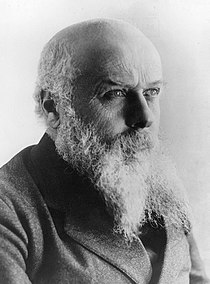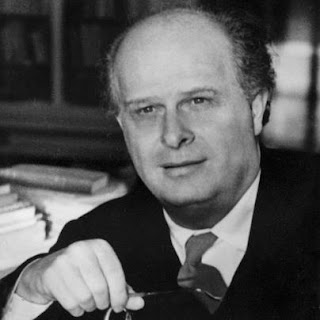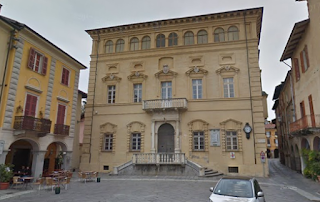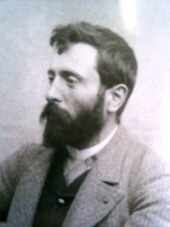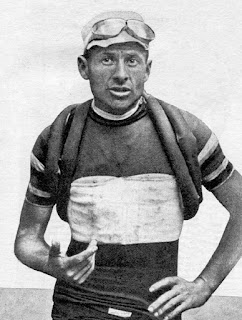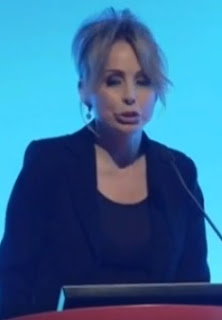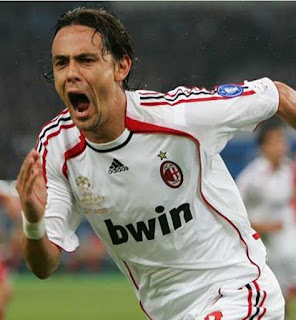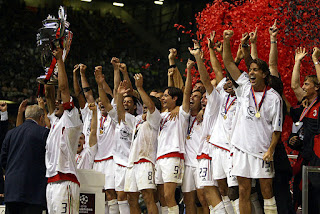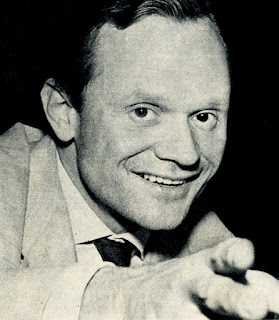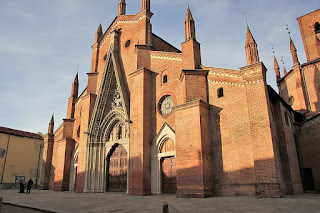Juventus star renowned for defensive excellence
 |
| Giorgio Chiellini won 97 caps for the Italian national team but missed out on trophies |
Chiellini has played for much of his career at Juventus, winning an incredible seven consecutive Serie A titles from 2012 to 2018, as well as numerous other trophies. He was Serie A Defender of the Year in 2008, 2009 and 2010 and in 2017 was named in Juventus’s Greatest XI of All Time.
He also earned 97 caps for the Italy national team before announcing his retirement from international football in 2017, establishing himself as an automatic choice in a back three or four under five different coaches.
All of Chiellini’s successes so far have been in domestic football. He was considered too young and inexperienced to be part of Marcello Lippi’s 2006 World Cup squad and hung up his boots with the azzurri without winning a trophy.
He has also missed out so far on success in European club competitions. He missed the 2015 Champions League final, which Juventus lost to Barcelona in Berlin, and finished on the losing side in the 2017 Champions League final, when the Italian champions were thumped 4-0 by Read Madrid in Cardiff.
 |
| Chiellini has won seven consecutive Serie A titles during a 13-year career with Juventus |
Chiellini is regarded as a character of contradictions. As a player, he has broken his nose four times and been sent off five times. When he scores a goal he pounds his chest with closed fists. He is the archetypal Italian defender - rugged, ruthless and uncompromising.
Yet away from football he is softly spoken and a lover of literature, a calm and reflective personality not given to excess or displays of temper.
He was brought up in Livorno, a dockyard city on the coast of Tuscany with a seamy side, yet was always a conscientious student and would have left high school for university had he not been occupied with becoming a footballer. In the event, after becoming an established player, he enrolled at the University of Turin, where he completed a laurea - a bachelor’s degree - in economics and commerce and a master's in business administration.
The son of an orthopaedic surgeon, he would have studied medicine but found the work involved incompatible with being a footballer.
 |
| Chiellini in action against Cesc Fabregas of Spain |
One of twin boys, he joined his local Livorno team at the age of 13. He played as a central midfielder and a winger before settling into the role of left-back, making his senior debut at the age of 17 in 2000.
Livorno then sold him to Roma but he was immediately loaned back to the Tuscan club, before being sold to Juventus, who loaned him to Fiorentina. He finally made his Juventus debut in the 2005-06 season and was part of a title-winning team, although the prize was later taken from them because of the so-called Calciopoli corruption scandal.
Many players left the club after the scandal, which also led to the team’s demotion to Serie B, but Chiellini remained as part of the squad that won promotion under Didier Deschamps in 2006-07 and became a key element in the rebuilding of bianconeri fortunes under a succession of coaches, culminating in three consecutive Serie A titles under Antonio Conte and four more under current coach Massimiliano Allegri.
 |
| Chiellini retired from international football in 2017 but is continuing his domestic career |
Roberto Donadoni made him a regular member of the national team, although his first call-up for a major tournament did not get off to the best start. Preparing for the Euro 2008 finals, he collided with the national captain, Fabio Cannavaro, during a training session, with the result that Cannavaro missed the whole tournament.
He made up for that with some impressive performances, particularly against the eventual winners Spain in the quarter-final, which ended in a 0-0 draw before Italy were eliminated in a penalty shoot-out.
Subsequently, Chiellini was one of the first names on the teamsheet for Lippi in his second spell in charge of the national team, and for Cesare Prandelli, Conte and Gian Piero Ventura, even though his international career did not bring him the trophies he probably deserved.
His two World Cups were disappointing, ending in early elimination for Italy in 2010 and 2014, and though Prandelli’s team reached the final of Euro 2012 they were beaten 4-0 by Spain, with Chiellini substituted due to injury.
He announced his retirement from international football after Italy failed to qualify for the 2018 World Cup finals in Russia, beaten in a play-off by Sweden.
In July 2014, Chiellini married his long-time girlfriend Carolina Bonistalli at the Sanctuary of Montenero in Livorno. The couple have a daughter, Nina, born in 2015.
 |
| Livorno's elegant Terrazza Mascagni promenade |
Livorno is the second largest city in Tuscany after Florence, with a population of almost 160,000. Although it is a large commercial port with much related industry, and also suffered extensive damage as a prime target for Allied bombing raids in the Second World War, it retains many attractions, including an elegant sea front – the Terrazza Mascagni - an historic centre – the Venetian quarter – with canals, and a tradition of serving excellent seafood.
| The Sanctuary of Montenero in the Livorno Hills |
The Sanctuary of Montenero, where Chiellini was married, can be found in the village of the same name, part of the area south of the city known as the Livorno Hills. The complex, now elevated to the rank of basilica and maintained by Vallumbrosan monks, originated in the early 17th century and was expanded in the 18th century before a suppression of religious orders in the later part of the century led it to fall into disrepair. It was fully restored in the last century. A series of grottos exist behind the church, once a hide-out for robbers and a shelter during the Second World War, but these are now closed over safety concerns.
More reading:
The story of record-breaking coach Massimiliano Allegri
Marcello Lippi and Italy's fourth World Cup
Franco Baresi - Italy's greatest defender?
Also on this day:
1742: The birth of Pope Pius VII
1988: The death of car maker Enzo Ferrari
Home
